Their terrain lies at the foot of Asiago Plateau, surrounded by austere mountains and stretches from the medieval Thiene to the charming Bassano del Grappa. A region characterised by gentle hills covered by vines and decorated by cherry blossoms in spring.
Here, for over a thousand years, on the land where Andrea Palladio built some of his most beautiful villas, grapes have been grown: grapes that produce exquisite wines, the pride and joy of this land. The pride of our members.
 A Map of the Territory
A Map of the Territory
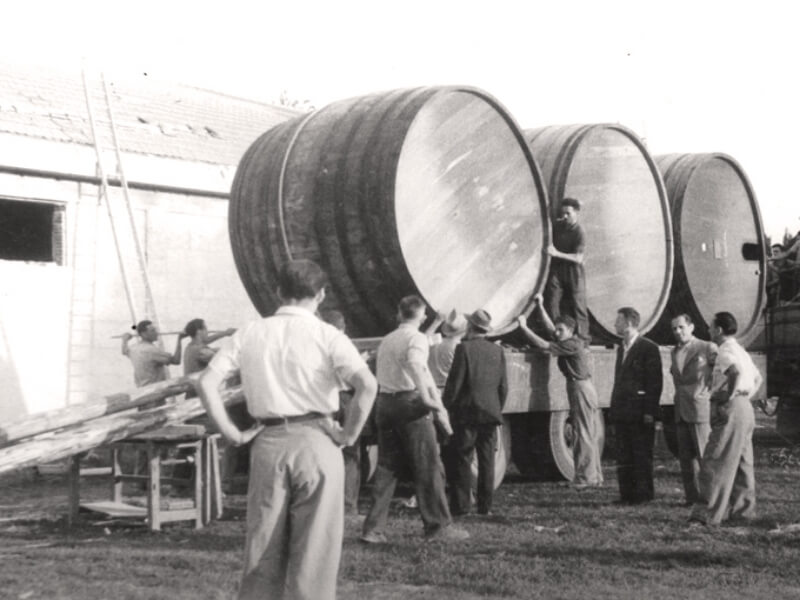
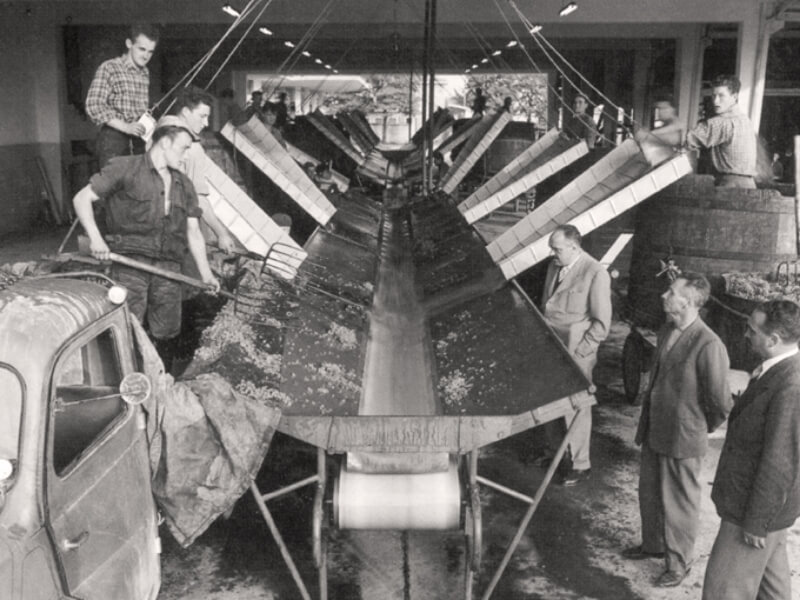
The beginnings.
It was on Valentine’s Day, 1950, when 121 winegrowers from Breganze, Fara, Sarcedo and Mason got together to discuss uniting their work with their passion and thus a wine cooperative was founded. They needed a name, and as in agriculture a little goodwill from the Eternal Father never hurts, they turned to their most powerful fellow citizen: The Blessed Bartolomeo di Breganze, Dominican friar and Bishop of Vicenza in the thirteenth century.

Development.
After an initial period of scepticism, other cultivators, convinced by the validity of the initiative, soon joined the first founders. Breganze wines were awarded DOC status by a Ministerial Decree dated the 18th July 1968, a decisive moment in their history, and one that catapulted Breganze wines onto the national and international markets. 1970 saw the inauguration of a new refining and bottling plant with a 15 metre deep underground cellar; a great technological and financial achievement for that time. Further renovations took place in 1998 with the restoration of the east wing of the winery.
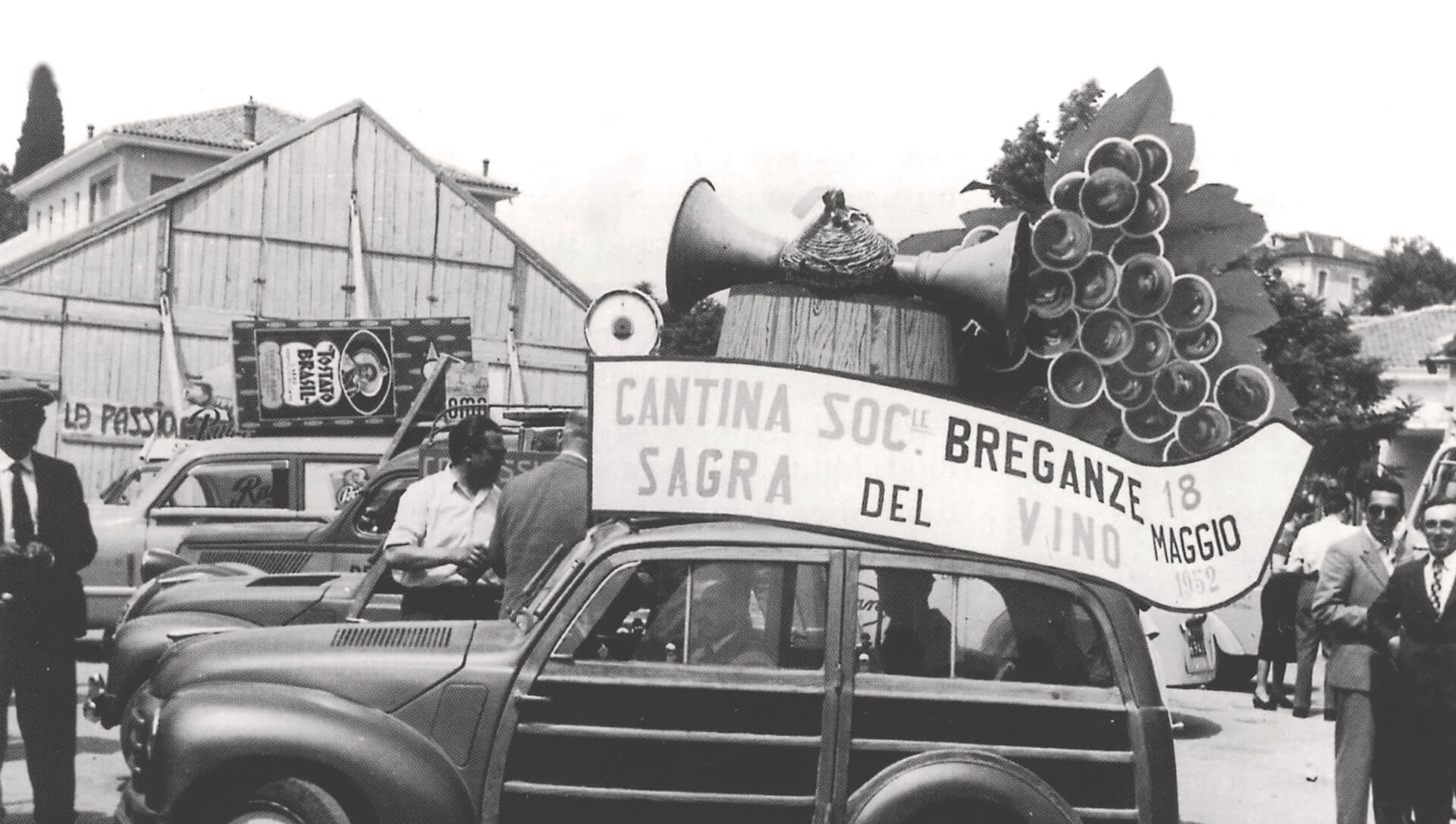
Today.
Now equipped with the most up-to-date winemaking equipment, Beato Bartolomeo Winery has spent the last few years focussing on improving every aspect of the production chain. The work of their agronomists is directed towards offering advice to its members, from the choice of varieties to be planted and growing techniques, to offering guidance with agronomic practices such as pruning. Only healthy grapes can produce quality wine and this is why Beato Bartolomeo Winery rewards the work of its members by carefully analysing the grapes when they arrive and dividing its profits in proportion to the quality of the grapes conferred.
This has encouraged cultivators to decrease their yields per hectare and collect them in small boxes, as is already done with the 1,000 quintals received each year. The superior quality of Beato Bartolomeo wines is testimony to the success of this initiative.
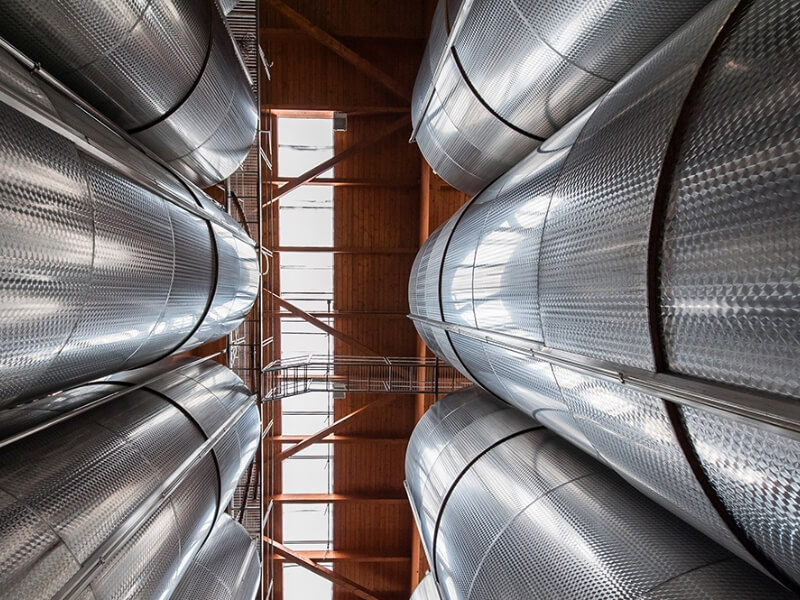

Currently, the cooperative has about 700 members. With 50,000 quintals of grapes processed, and about two million bottles produced each year, Beato Bartolomeo alone is responsible for more than 70% of the production of Breganze DOC. Beato Bartolomeo has set the standard for Breganze wines. Over the years, the massive investments that the company has made to improve its systems, means that today it can boast of having at its disposal some of most advanced technologies in the wine industry. Its modern and functional plant is able to create the perfect environment in which to conserve wines, like the old wine cellars for example, that benefit from a natural freshness that can only be found 15 metres underground.
our barrel cellarThe protagonists
Who we are: the Beato Bartolomeo Winery is a cooperative with about 700 members. It is guided by a Board of Directors, which is appointed by the 700 members and replaced every three years. The Board consists of 11 councillors who each represent the areas where the members come from. The company manager is Elvio Forato, a Treviso winemaker with a lot of experience in the Oltrepò Pavese region. In total, there are 25 people in the Beato Bartholomeo’s “family”.
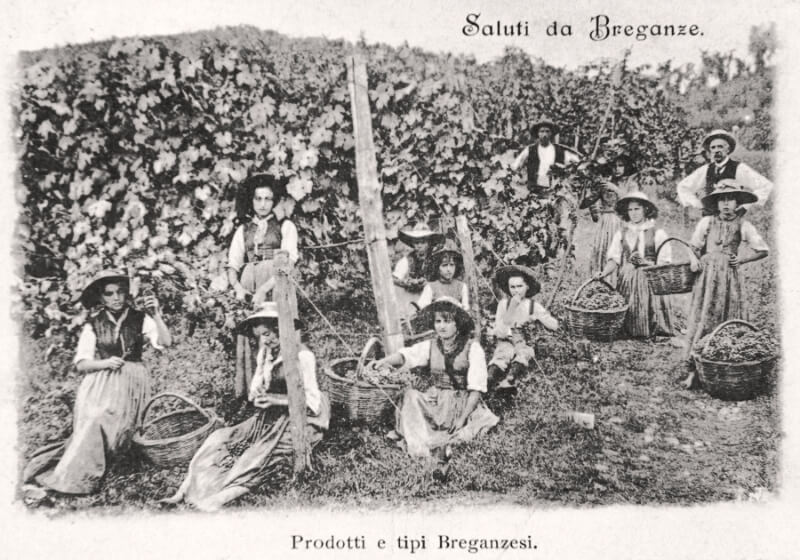 A postcard of Breganze of 1901
A postcard of Breganze of 1901